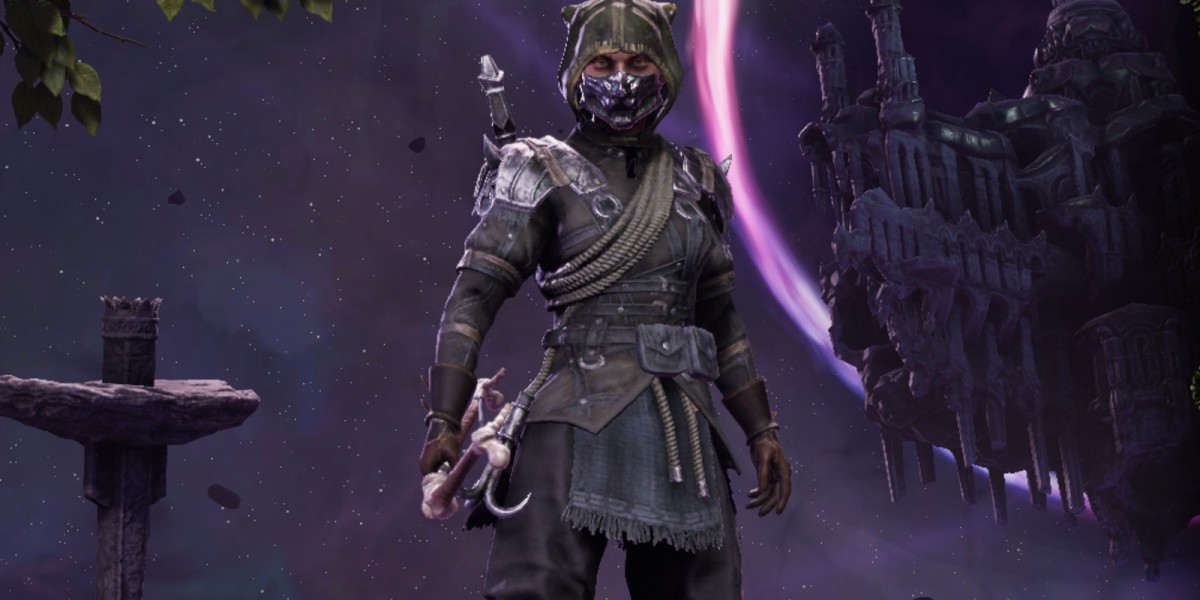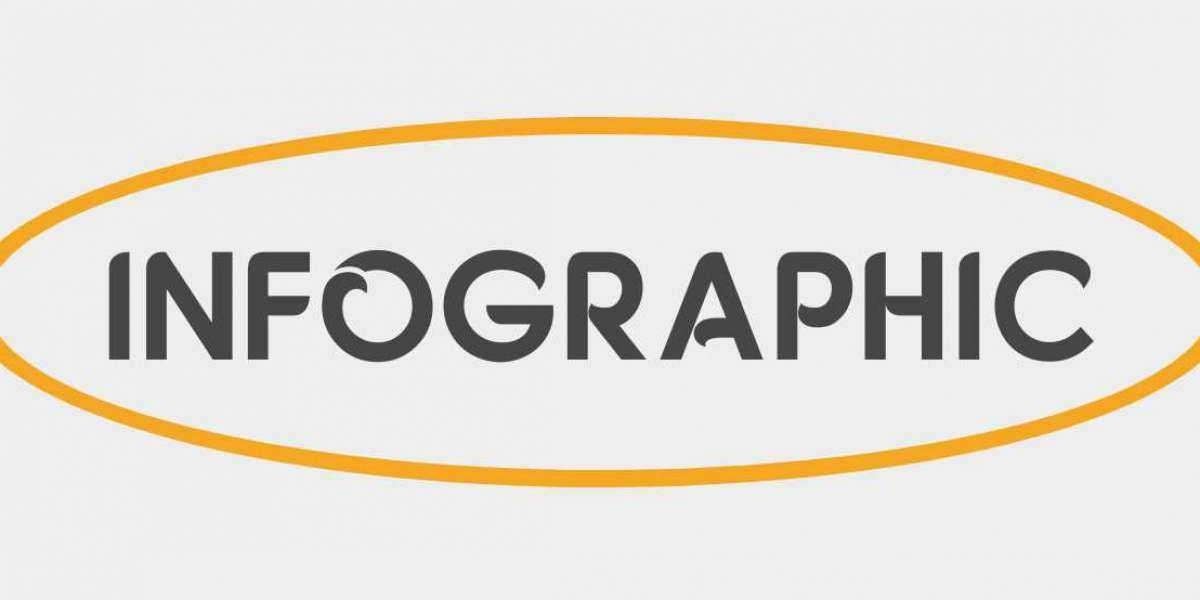Introduction
As we step into 2025, the embroidery industry stands at the crossroads of tradition and tech. Embroidery digitizing, once limited to logos and uniforms, is now a key player in digital art, personalized fashion, and tech-integrated fabrics. This article explores a newly emerging concept—Next-Gen Embroidery Digitizing—where creativity, software intelligence, and textile craftsmanship converge.
If you're an artist, fashion designer, startup, or embroidery enthusiast, this guide will inspire your journey into the next era of embroidery digitizing.
What is Next-Gen Embroidery Digitizing?
While traditional embroidery digitizing converts artwork into machine-readable stitch files, Next-Gen embroidery digitizing goes further:
AI-assisted design optimization
3D texture and layering
Integration with AR/VR platforms
Custom stitch generation using deep learning
Real-time preview in motion or 3D avatars
The focus is on artistic storytelling, not just replication.
Tools Enabling This Shift
Wilcom EmbroideryStudio e5+
Hatch 3 with AI plugins
Embrilliance StitchArtist
Adobe Illustrator with embroidery plugins
Evolution of Embroidery Art through Digitizing
Embroidery has always told stories—be it royal heritage, cultural identity, or brand symbolism. In 2025, it speaks digital languages.
Then vs. Now
| Era | Features |
|---|---|
| 2010s | Basic digitizing, flat logos, satin fills |
| 2020s | Custom fonts, color blends, gradient threads |
| 2025 | AI-stitched art, motion-based embroidery, NFT embroidery |
Artistic Applications of Embroidery Digitizing
1. Digital Textile Art Installations
Artists use digitizing software to stitch pixelated murals onto large-scale fabrics.
Case Study: A Tokyo artist embroidered QR codes that, when scanned, play music.
2. Interactive Wall Art
Embroidery pieces with NFC chips integrated via precise stitch patterns, linking viewers to digital galleries.
3. Wearable Quotes & Emotions
Clothes that change embroidered messages based on the user's mood—powered by smart thread.
4. 3D Printed & Embroidered Hybrid Art
Combining digitized embroidery with 3D printing elements for fashion and gallery installations.
Why This Matters for Businesses
Businesses and startups can now offer:
Hyper-personalized embroidery gifts
Augmented fashion lines
Smart uniforms with embedded tracking or access chips
This opens monetization opportunities in:
E-commerce
Fashion tech
Personalized gifting
Luxury branding
Innovations Powering Embroidery Digitizing in 2025
1. AI-Assisted Stitch Suggestion
Software suggests stitch paths and thread types based on:
Fabric type
Artwork resolution
Intended emotional impact
2. Color Psychology-Based Palettes
Color suggestion engines adapt thread combinations based on emotional and branding themes.
3. Stitch Animation Simulations
Preview designs in animated formats—how they'll look while worn, moving, or displayed.
4. Cloud-Based Collaboration
Designers from multiple locations collaborate on embroidery files, annotate stitch areas, and share 3D previews.
How to Get Started with Next-Gen Digitizing
Tools You Need:
Embroidery Software (e.g., Hatch 3, Wilcom)
Tablet for Sketching (e.g., iPad Pro or Wacom)
Thread Simulator Plugins
Embroidery Machine with Smart Features (like Brother PR1055X)
Skills to Learn:
Digital sketching
Stitch path logic
Understanding of thread tension, fabric behavior
AI prompt writing for pattern generation
Sustainability in Digitized Embroidery Art
New embroidery digitizing services now focus on:
Thread waste reduction algorithms
Eco-certified thread materials
Reusable pattern formats
Upcycling digitized pieces into new garments
Brands using sustainable digitizing methods gain both eco-credibility and consumer trust.
Challenges and Solutions in 2025
| Challenge | Solution |
| Data-heavy files | Cloud compression for embroidery formats |
| Hardware compatibility | Standardized export formats (e.g., EMBX, DST+) |
| Artistic control | Human-in-the-loop AI tools |
| Training barriers | On-demand skill platforms with digitizing courses |
Future Outlook: 2025 to 2030
AI artists collaborating with human digitizers
NFT-verified embroidery ownership
Online embroidery marketplaces powered by generative design
Real-time fashion feedback loops through stitched sensors
The field is wide open. Early adopters of creative digitizing services will not only stand out—they’ll lead a design revolution.
Conclusion
Embroidery digitizing in 2025 is no longer a background task. It’s a frontline art form, a commercial innovation, and a gateway to future fashion and branding. If you're looking to stand out in the embroidery world, now is the time to upgrade your skills, tools, and artistic vision with Next-Gen Embroidery Digitizing Services.
Every stitch can now be smart, strategic, and stunningly creative.







